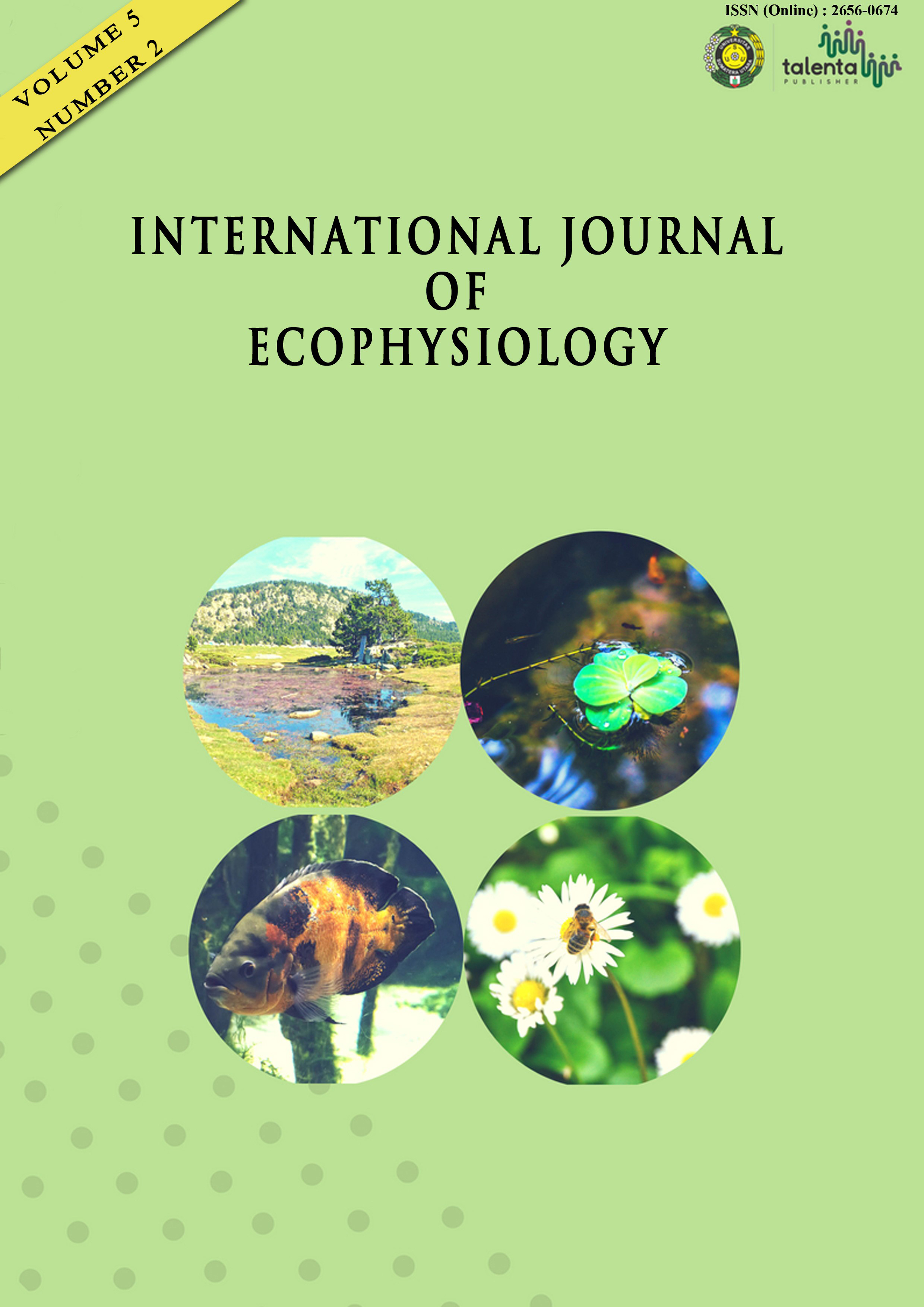Analysis of Methamphetamine Using Necrophagous Insects For Forensic Entomotoxicology Applications
DOI:
https://doi.org/10.32734/ijoep.v5i2.13387Keywords:
Forensic Entomotoxicology, GCMS, Maggot, Methamphetamine, NecrophagousAbstract
The high use of methamphetamine (MA) has resulted in many cases of overdose leading to death, where bodies are generally found after several days which complicates the investigation so that a forensic entomotoxicological analysis using insects is carried out. The use of necrophagous insects was chosen because necrophagous insects such as maggots were at the crime scene. Maggot was then analyzed using Gas Chromatography-Mass Spectrometry (GCMS) with several stages. The preliminary test was carried out using the marquis reagent which changed the color of the sample to orange if positive for methamphetamine, then continued with TLC (Thin Layer Chromatography) analysis and obtained the Rf value close to the comparative Rf value, which means that maggot positively contains methamphetamine. Maggot was extracted by maceration and sonication methods using methanol:chloroform 1:3 solvent. Finally, a confirmatory test was carried out using a GCMS and it was found that methamphetamine had a retention time of 3.554 minutes and a peak of 58.1. The results are matched with NIST (National Institute of Standards and Technology) library data. It can be concluded that the use of maggot in analyzing methamphetamine using GCMS can be realized properly














